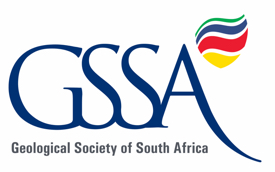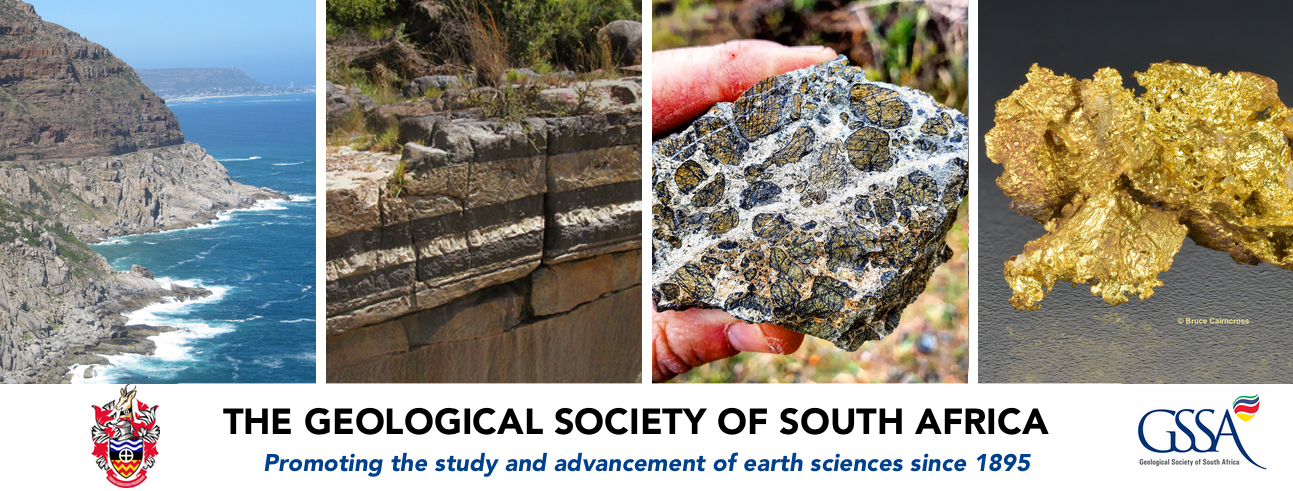Image Analysis and Pattern Recognition in Geological Mapping 22-26 May, 2017
The School of Geosciences, University of the Witwatersrand, will present a course on Image Analysis and Pattern Recognition in Geological Mappingfrom 22 to 26 May, 2017.
Many users of remotely sensed data spend much of their time in processing an image, as if an attractive image provides the solution to the problem that they are addressing. Working with remotely sensed data, however, goes beyond image enhancement. Whilst desirable, it is not always possible to significantly enhance the image (what you have is what you get), yet the image still has to be interpreted using specific image interpretation criteria. This 5-day course is designed for those who wish to master the science that goes behind image analysis and pattern recognition related to geological features. Questions to be addressed include: How do I extract lithological units? How do I determine the lithological sequence? How do I determine the dip and strike of the rocks? Is the topomap adequate for extracting the structural elements (faults, folds, bedding traces or foliation traces)? Can I improve the interpretation of the structure geology of the area? Can I improve the descriptive geometry of structural features? Does the spatial data reveal fault mechanics? These and many other issues are critical for geologists trying to solve exploration geological problems from satellite data, as analysis of remote sensing data is now a tool, but also a pre-requisite, for a geologist before undertaking fieldwork.The course will be based on the new Copernicus Sentinel 1 and 2 imagery because of their spectral and spatial components and because the data are freely available to download. Participants will be introduced first to basic and advanced image processing techniques. The course will then focus to pattern recognition of lithological and structural elements where the participants will interpret the images and integrate the various data sets in a GIS environment and compare their results with validated data (originating from field practices).
READ MORE:http://www.gssa.org.za/wp-content/uploads/Woldai-Short-Course-May-2017.pdf

